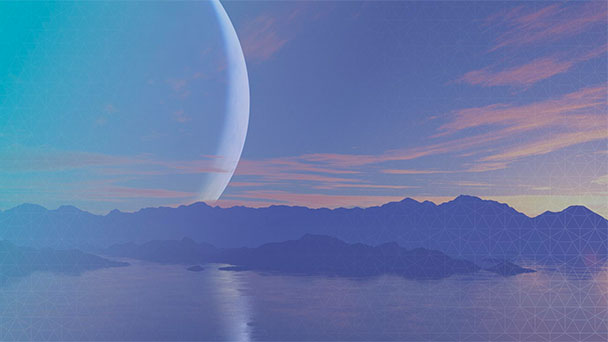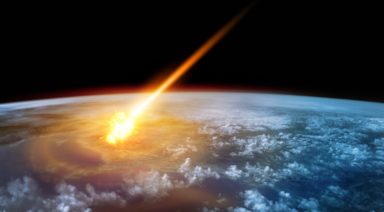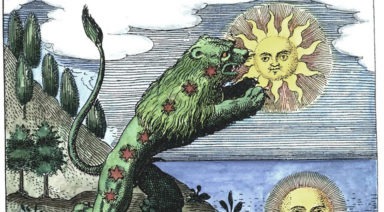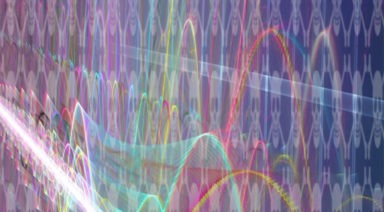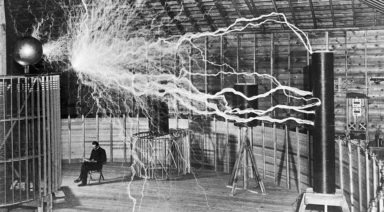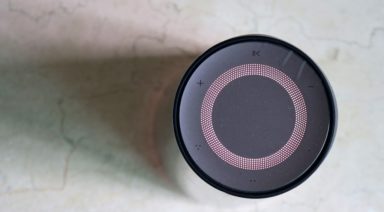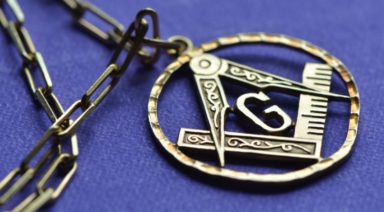Alien Civilizations Might Suffer Similar Fate as Easter Island
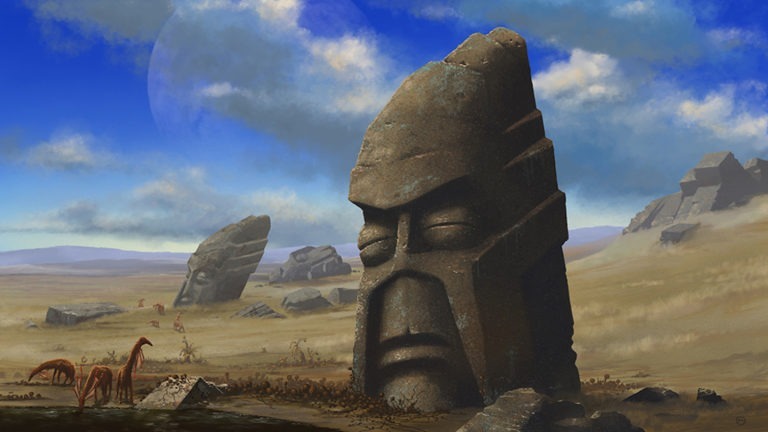
Climate change and unrestrained population growth may be two of humanity’s greatest threats. But according to a recent paper published by astrophysicist Adam Frank, it’s probably a pretty common problem experienced by other civilizations throughout the universe.
Depending on who you talk to, there may or may not be evidence for the existence of extraterrestials, but even if we haven’t directly located them, chances are pretty high they’re out there. And if they’re anything like us, they’ve probably faced negative environmental feedback from the intensive energy use burgeoning civilizations put on their planet.
Using a more terrestrial example, Frank and his colleagues looked at the ancient civilization that once inhabited Rapa Nui, also known as Easter Island – a society often examined as a lesson in sustainability.
There’s evidence that the inhabitants of Easter Island, once a thriving civilization, eventually depleted their resources, having not planned for the strain of a growing population. Using their fate as example, Frank outlined four trajectories an alien civilization might face under similar circumstances, considering our fate has yet to be determined.
Frank calls the first scenario the “die-off” model, where the planet’s population shoots up to an unsustainable point, while temperature slowly increases. Over a short time period, the civilization experiences a massive die-off as the planet’s resources can’t sustain the population, while climate disasters increasingly occur from the byproducts of massive energy consumption.
In this scenario, a small percentage of the population survives, leveling off with temperature as energy use decreases, though this is only a fraction of the previous population – something like 30 percent.
The second scenario is the “sustainability” model, a.k.a. the “soft-landing model,” in which the population rises, but realizes it must do something to curtail rising temperatures. This civilization finds a viable solution to climate change, simultaneously leveling off population growth and rising temperatures – an ideal outcome.
The third and fourth scenarios, known as the “collapse” and “collapse with resource change” models, imagine a civilization that significantly over-leverages its resources, creating temperature rise that greatly outpaces population growth. This massive flux in temperature creates catastrophic climate disasters that kill off the entire population. In the collapse with resource change model, the civilization makes an attempt to stop the increase in temperature, but not soon enough, as the die-off occurs anyway – an equally depressing scenario.
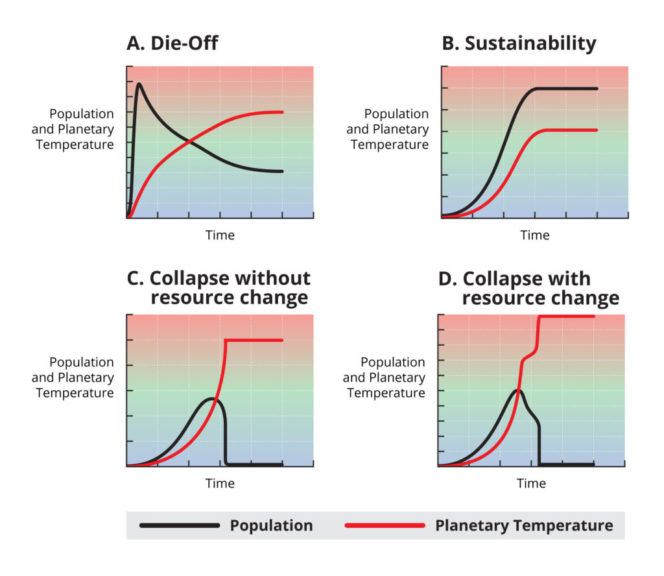
via rochester.edu
So, what’s the biggest takeaway from Frank’s paper? While it’s interesting to postulate about alien civilizations and their struggle to overcome the same issues with energy and sustainability, the paper may be considering the fact that this could be an answer to Fermi’s Paradox; if we haven’t found life out in the cosmos, maybe it’s because others fell victim to climate change or a similar sustainability issue we’re currently tasked with.
Will we have the foresight to achieve that soft-landing model, or will we collapse and die-off?
Watch the trailer for No Impact Man, the story of a family that implemented a zero environmental impact lifestyle over the course of a year:
NASA Preparing to Deflect Massive Asteroid From Earth Collision
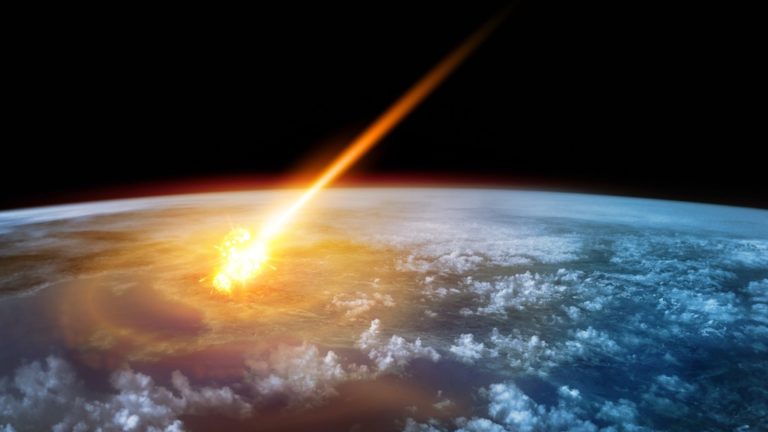
NASA is preparing to deflect the massive asteroid, Bennu, currently set on an Earthbound trajectory for the year 2135. This potential Earth impactor is about 1,600 feet long and may require a nuclear blast to disrupt its course.
The likelihood of Bennu hitting our planet is a 1-in-2700 chance, but when it comes to an asteroid that size, those odds are a bit too close for comfort. In the event of an impact, Bennu, would slam into the planet with 80,000 times the force of the nuclear bomb dropped on Hiroshima.
Depending on where it strikes, Bennu would blow a crater over a mile into the Earth’s crust, causing mega-tsunamis, fires, and likely a nuclear winter. The chances of our species surviving would be slim.
NASA is working proactively to nudge Bennu on a different course, as it gets more difficult to do so, the longer we wait. In conjunction with the National Nuclear Security Administration, NASA is working on a project proposal called HAMMER, the Hypervelocity Asteroid Mitigation Mission, to prevent humanity from sharing the same demise as the dinosaurs.
HAMMER is ideal for knocking large asteroids off course, especially those with a short timeframe for impacting Earth. Sound like the premise of the 1998 Michael Bay blockbuster, Armageddon?

